
Vacuum frying technology represents a significant advancement in the food processing industry, offering a healthier alternative to traditional frying methods. Vacuum fryer machines operate under reduced atmospheric pressure, which lowers the boiling points of oil and water. This allows food to be fried at temperatures significantly lower than conventional methods, typically below 90°C. The result is a product with enhanced nutritional value, as the lower temperatures help to retain essential phytochemicals and reduce nutrient degradation. Additionally, the reduced exposure to high temperatures and oxygen minimizes the formation of harmful compounds like acrylamide, a potential carcinogen often found in traditionally fried foods.
The process involves several stages, including depressurization, immersion frying, de-oiling, pressurization, and cooling. The initial depressurization prepares the food for immersion in oil, where heat transfer occurs via convection and conduction, cooking the food while evaporating water and minimizing oil absorption. After frying, the de-oiling phase is critical, often involving centrifugation to remove excess oil from the product's surface. The subsequent pressurization step aids in cooling the product and preventing further oil absorption into the food's pores.
Vacuum fryer machines are composed of a vacuum frying chamber, a refrigerated condenser, and a vacuum pump. The chamber is an airtight vessel with an oil heater and a frying basket, while the condenser's role is to condense steam and the vacuum pump maintains the low pressures necessary for the process. These machines can fry a variety of fruits and vegetables, producing snacks with lower oil content, preserved natural colors and flavors, and extended shelf life due to reduced moisture content and water activity.

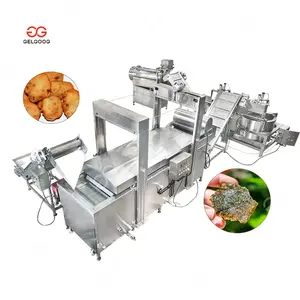
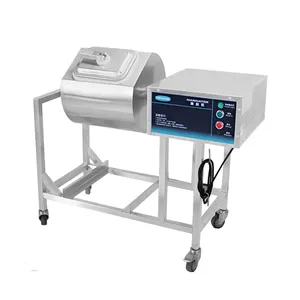



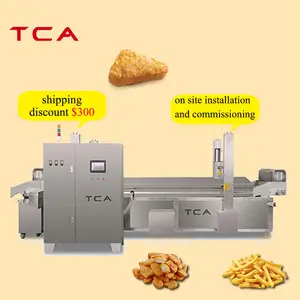









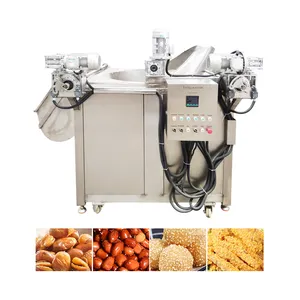


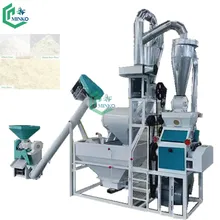


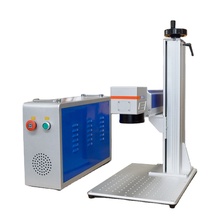




















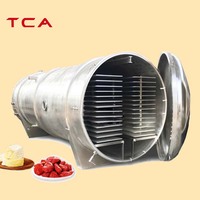








 浙公网安备 33010002000092号
浙公网安备 33010002000092号 浙B2-20120091-4
浙B2-20120091-4